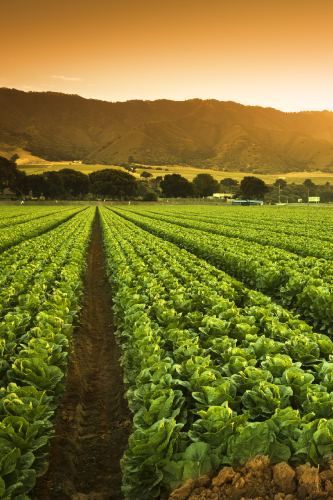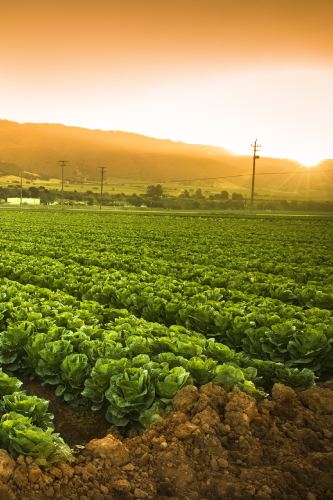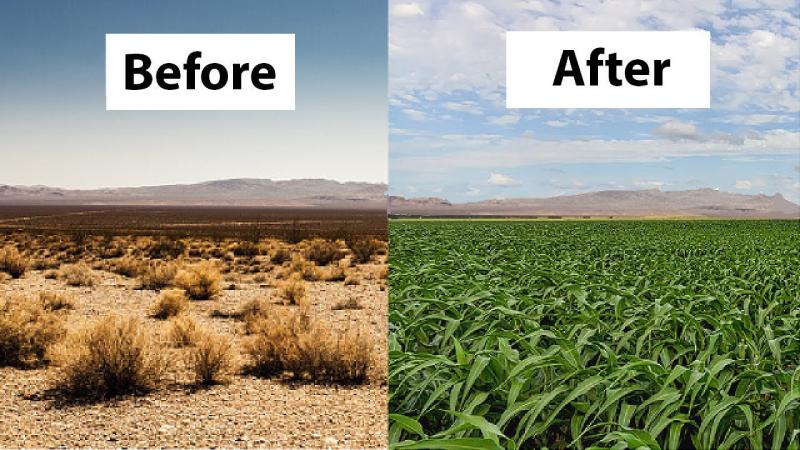Revolutionizing Agriculture
Our planet faces a growing challenge: feeding a burgeoning population with limited resources. Traditional agricultural methods are straining under the pressure, causing land degradation and struggling to keep pace with demand. But amidst these challenges, a surge of innovations is transforming the agricultural landscape, promising greater yield, higher quality produce, and even the revitalization of barren lands. Let's delve into some of these game-changing advancements


The Global Need for
Innovative Solutions in Agriculture
- Agriculture's Crucial Role: Agriculture is a cornerstone of global sustenance, providing food, fibers, and raw materials for diverse industries.
- Population Growth: With the global population projected to reach 9.7 billion by 2050, the demand for agricultural products is steadily increasing.
THE BIGGEST CHALLENGES FACING THE FUTURE OF AGRICULTURE
Limited Arable Land:
A significant portion of arable land is already under cultivation, leaving limited room for expansion.
Water Scarcity:
Growing water scarcity due to climate change and mismanagement poses a threat to agricultural productivity.
Climate Variability:
Changing climate patterns bring about new challenges, including extreme weather events and shifting growing seasons.
Economic Pressures:
Farmers face economic pressures, with the need to enhance yield and quality while minimizing production costs.
THE URGENCY FOR INNOVATION
Meeting Growing Demand
Sustainability Imperative
Economic Stability
GLOBAL COLLABORATION
Cross-Border Challenges
Knowledge Exchange
Collective Impact
BENEFITS OF INNOBATION
Innovative technologies and practices can significantly boost agricultural productivity, helping meet the demand for food.
Advanced techniques enhance the quality and nutritional value of agricultural products.
Innovations promote efficient use of resources, such as water, fertilizers, and energy.Donec vitae sapien ut libero venenatis faucibus. Nullam quis ante. Etiam sit amet orci eget eros faucibus tincidunt. Duis leo. Sed fringilla mauris sit amet nibh. Donec sodales sagittis magna. Sed consequat, leo eget bibendum sodales, augue velit cursus nunc,
Adaptive technologies make agriculture more resilient to climate change and unpredictable conditions.

Desert Transformation through Innovative Bio-Sand Stabilization and Sustainable Farming
- Our mission is to revolutionize agriculture by converting arid desert lands into fertile, productive farms using cutting-edge technologies.
- We employ beneficial bacteria, organic mixtures, and sustainable energy solutions for efficient, low-maintenance, and environmentally friendly agricultural practices.
Bio-Sand Stabilization

Crop Protection

Sustainable Farming Practices

Quantifiable Benefits

Operational Efficiency










